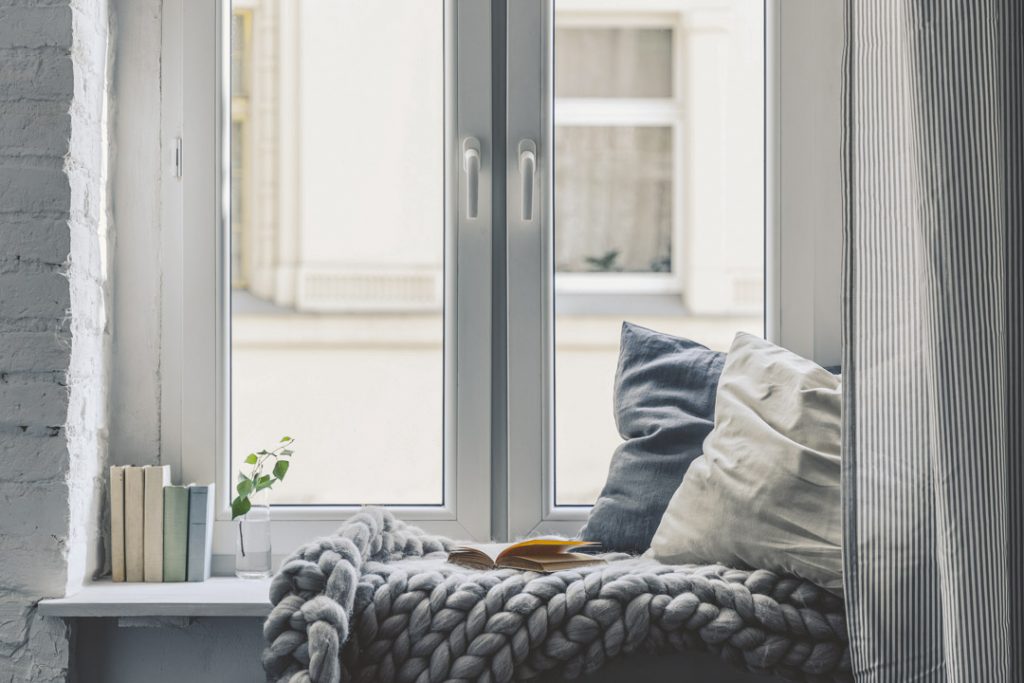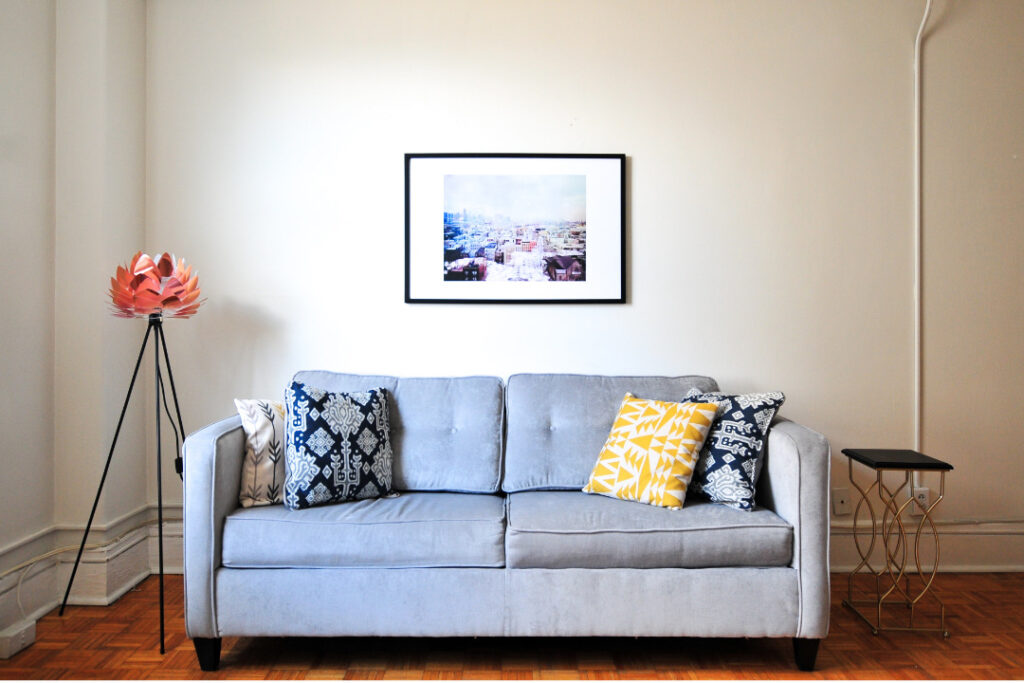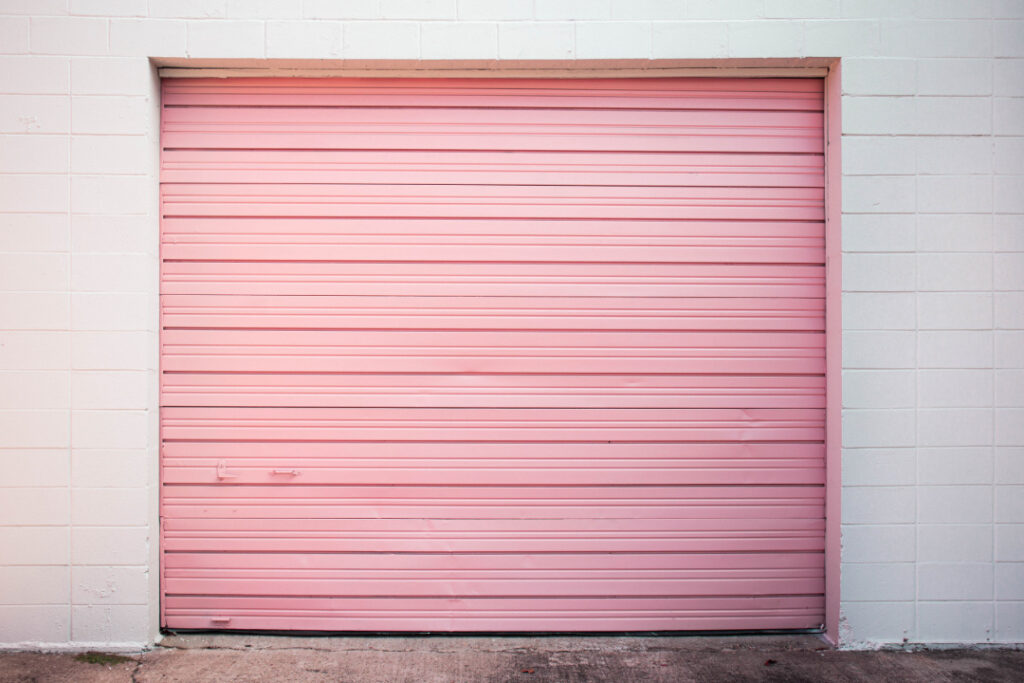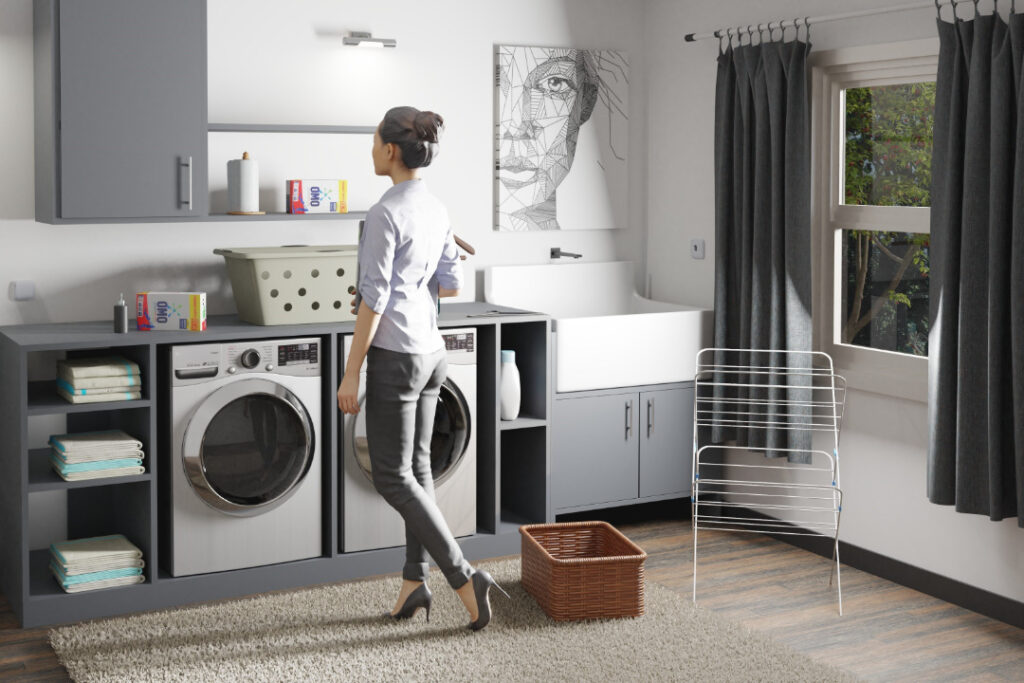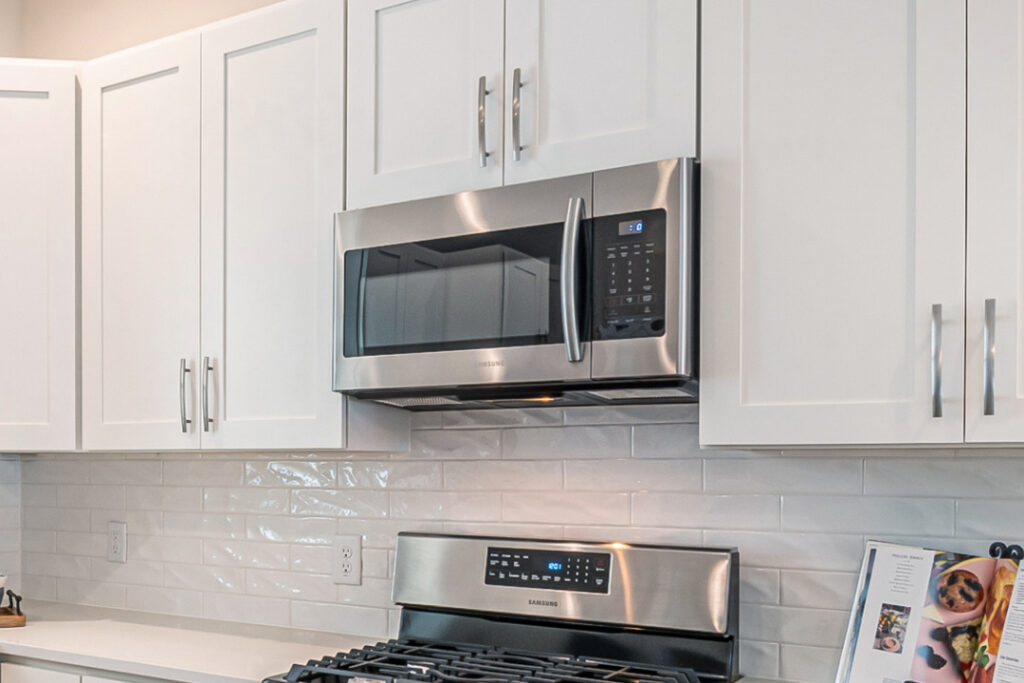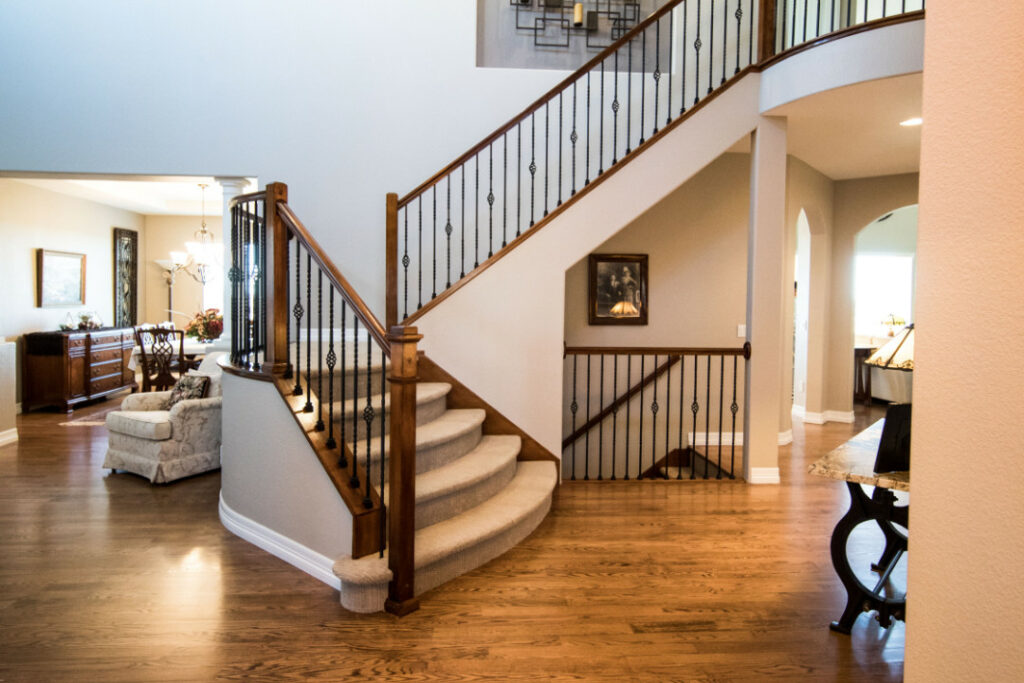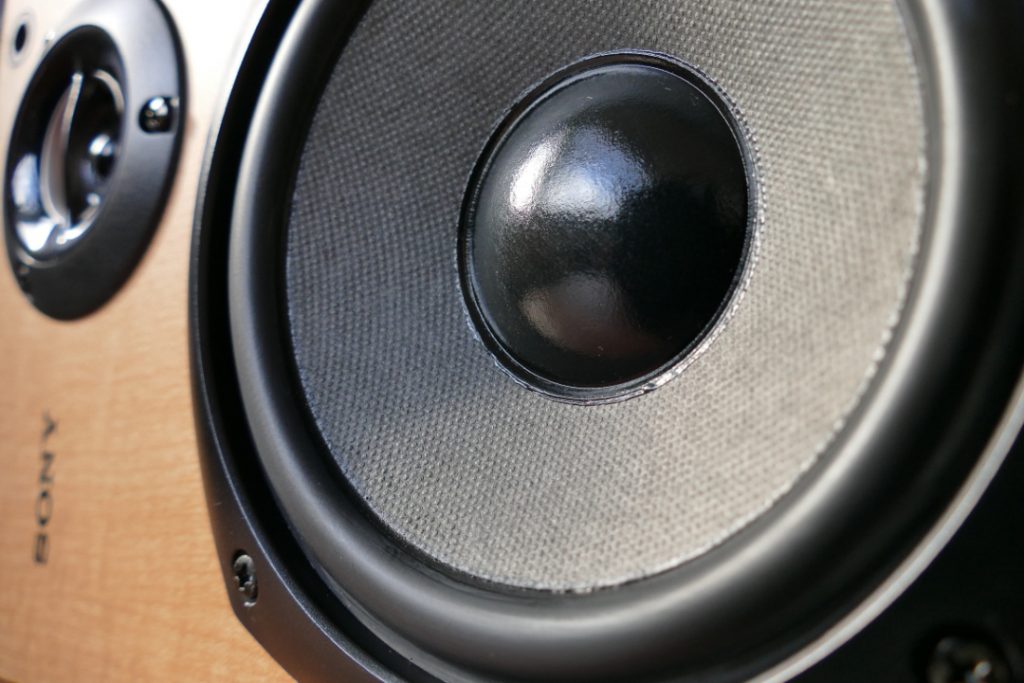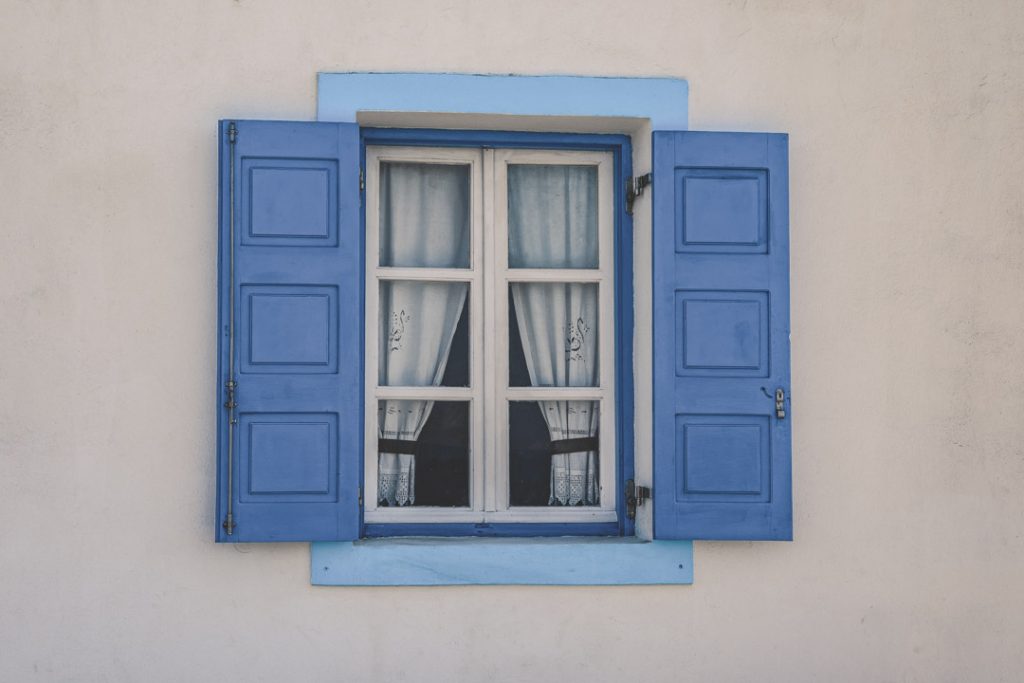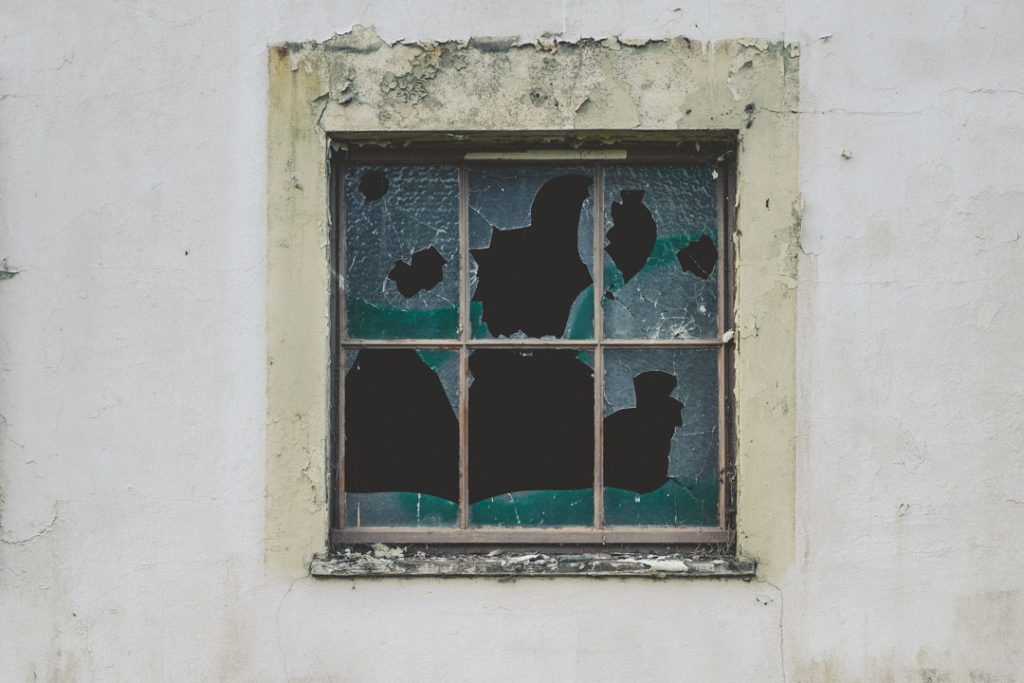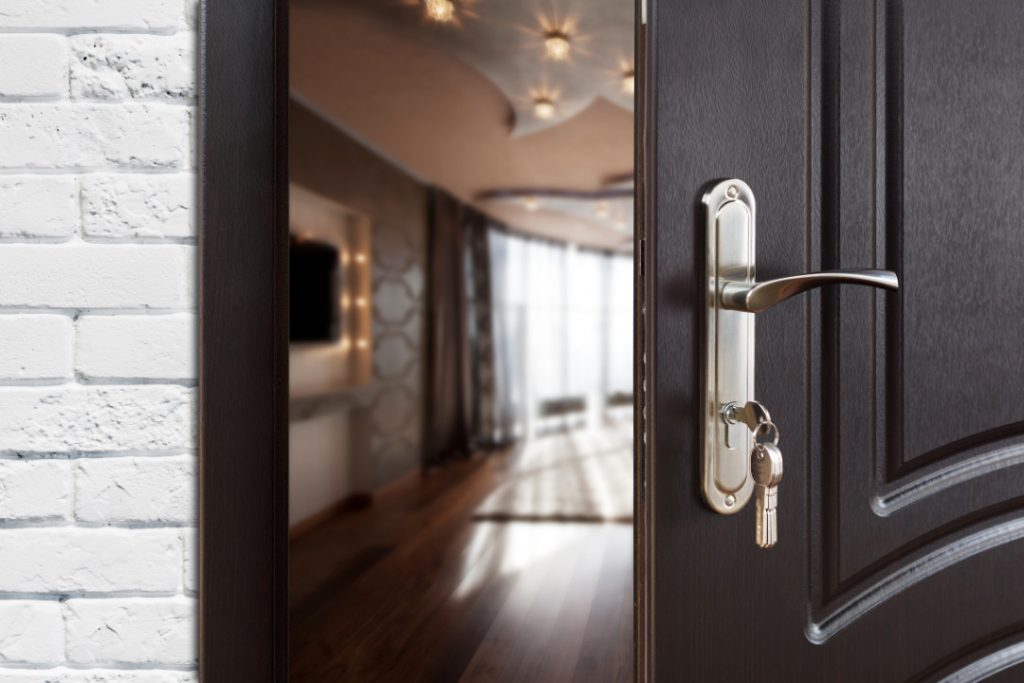Your home should be a sanctuary where you can relax and enjoy peace. One of the quickest ways to find that peace disturbed is by outside noises filtering into your home. This often happens through windows and doors. Third shift workers are particularly at risk from outdoor sounds they can’t control as the world goes about its daily business while you are trying to get some sleep. More than once, you have probably asked yourself how to make windows soundproof.
You could invest in double-paned glass windows or even soundproof glass. However, these are both reasonably expensive solutions on how to soundproof windows. Fortunately, we are about to discuss less costly DIY soundproofing window tricks that can help you add more peace to your daily sanctuary. Let’s get started.
A-List of Different Methods on How to Soundproof a Window Cheap
Rearranging the furniture
This is the least expensive method of how to make windows soundproof. It won’t totally eliminate the sounds coming in, but you can greatly reduce the sound with the right pieces of furniture. One drawback of rearranging the furniture is that it will work best to place things like wardrobes or bookshelves in front of the windows. This will eliminate some of the natural light that comes in through those windows. However, this could be advantageous if you are looking into how to make windows soundproof in a bedroom as it eliminates both excess noise and light. All you need to accomplish this method is a bit of strength and some large furniture pieces.
Use soundproof curtains – Soundproof curtains are another DIY soundproofing window technique that does more than one thing. These curtains are extra thick and are made to absorb incoming sounds, so the sound doesn’t create a vibration that echoes. In order to be the most effective, you will want to buy curtains as large as possible. They will need to go several inches outside the window frame and, preferably, from floor to ceiling. Simple curtain rods are all that is required, although you may need to adjust the point where any current curtains are hanging.
In addition to reducing the sound level in your home, these curtains provide some insulation from the heat or cold coming through the windows. They also protect from direct sunlight. This can be an advantage if you have items in your home that you don’t want to fade in sunlight. It also helps to have a darker room for day sleeping or to block out street lights.
Seal all the gaps around the windows
The space around your windows where the frame is inserted into the wall may have tiny gaps that can let in both air and sound. Many of these are so small that you may not see them. There are a few different ways to seal these cracks, including the emergency measure of folding newspaper and jamming it into the space. The most common methods, however, involve weatherproofing tape and caulking.
Acoustic caulk comes in a tube with a nozzle for easy application. First, you need to clean the area where you will be applying the caulk because it doesn’t stick well on dirty surfaces. Carefully squeeze a line of caulking all around the window frame, making sure you get every inch. You can then smooth the caulk with a tool made especially for the job. A spatula or butter knife will work just as well. Regular caulk will work, but acoustic caulk is more durable and won’t shrink with temperature changes.
There are several types of weatherproofing tape. For the best results, a foam-type tape will yield greater sound dampening. This tape typically comes in a roll, and installation is easy. First, wipe away any dirt or dust from the area to make it better for the adhesive to stick. Measure the length of the window and cut a strip of tape to fit, and press the tape firmly in place. Do this with all four sides of each window you are seeking to soundproof.
Use soundproof blankets
Soundproof blankets are made of cotton, polyester, or fiberglass and are attached to the window by grommets. If you already have curtains that use this method, you only have to exchange the curtains for the blanket. Otherwise, you will need to install the necessary hardware, which is a simple task. Aim for a blanket that exceeds the size of your window to create a better quality of soundproofing.
Soundproof blankets will eliminate extra sound and extra light. If you prefer natural sunlight, as many photographers and artists do, try one of the other methods. These blankets come in so many colors and patterns you are sure to find one that fits with your home decor.
Install thick material shades and blinds
Most of these shades and blinds are made of polyester and are good at dampening sounds, but some aren’t extremely thick, so you may want to make this part of a combination method. They look great and come in a variety of colors and designs, so you can find one that matches the rest of your home very well. The blinds and shades are easy to install. You may already have all the hardware in place. Another advantage is that you can adjust them, so they let in varying amounts of light. This allows for even more options and more control of the whole situation. Cordless, single-cell shades are the highest thickness and will eliminate the most sound.
Use Acoustic Panels
Acoustic panels will cost you a bit more than any of the preceding options but are still reasonably priced. Most are made with quilted fiberglass. This is excellent for absorbing sound, and it makes the panels durable. The acoustic panels do not just dampen sound waves but actually absorb them.
The panels come with grommets on all four sides. This makes installation quick and easy. You need to purchase small nails or hooks to hang the panels on. This allows for both easy installation and removal when you want. You will want to place the acoustic panels as closely as you can to the panes of glass. The less room between the two, the greater the sound absorption. Some people find the appearance of the panels acceptable. However, if you are using them in a highly used area, such as a living room, you may also want to use curtains to hide the panels. The good news is that the curtains add even more insulation against sound.
Add an Extra Layer of Glass
Adding an extra layer of glass is something that will take you a bit more time. It will also cost a bit more than some of the other DIY soundproofing window techniques. You will want to measure the size of your current glass and purchase a special soundproofing window kit. This is because the method uses special magnets in order to hold the second piece of glass tightly to the frame. To be effective as a sound barrier, you will want to make sure the two glass panels are pressed tightly against each other.
There are a couple of advantages that this method offers that the others don’t. First, the second panel of glass does the job of dampening the incoming sound. It looks nice, so it can be used in any room without having to be hidden. The second glass panel reduces the amount of natural light coming in but doesn’t block it. This allows softer lighting but makes it unnecessary to have inside lights in use constantly. Lastly, removing the second panel of glass is easy, making cleaning the windows an easy task.
Install Window DIY Window plug
This method of soundproofing will take you more time than the rest, but it is very effective. The window plug is basically a way to block the window off completely. You can make this a permanent fixture or attach handles to make removing the plug easier. This method will also make it necessary for you to consider ways to make the area look nicer, especially in areas where there may be high traffic. A plug will only work on a window that is set into the wall, not one that is flush with its surroundings. What you are doing is basically closing off the window as though it never existed.
You first need to measure your window entirely around. Next, measure how deep the window is from the wall. You will want your window plug to be a bit less deep. You will need a piece of particle board or another high-density board cut to the correct side for the project. You will also need insulation of some type. While regular house insulation will work, acoustic insulation will add to the soundproofing quality of the plug. A piece of foam can be purchased so the current window isn’t scratched. You will also need some heavy-duty glue to keep all the layers together. Suppose you want the plug to be removable. In that case, you will also want to include handles or knobs to make the removal process easier.
Lay the board on a flat surface and put glue entirely over the side facing up. This is where you will want to attach the insulation. Once this dries, attach a layer of foam with the glue and allow it to dry. While this is drying, you may want to use caulk around your window for added sound protection. Once the layered plug is dry, flip the entire thing over and attach any handles you may want. It is now ready to fit into the window frame. Make sure it is tightly in place. If you measured accurately, it should fit without needing to be fastened. You can use small nails if you feel they are required.
Now you only need to decide how you want the plug to look. Some people paint it to blend in with the surrounding wall, disguising the fact that there was ever a window there in the first place. Others get creative and paint a design or decorate it in another way. The choice is up to you.

Final Thoughts on How to Soundproof A Window Cheap
When it comes to how to soundproof windows yourself, there are several options available. These less expensive options can be used alone or combined for greater sound reduction. Now you have a way that you can help restore peace to your home without having to budget for more expensive soundproof glass or double-pane windows unless you really want to go in that direction.
How To Soundproof A Room For Drums?
How To Make A Room Soundproof From Outside Noise
how to make a room soundproof from outside noise. If you live in an apartment…
How To Quiet a Garage Door (6ways)
How To Soundproof A Laundry Room
If you’re like many people, your laundry room is in the basement. And if you’re…
How To Silence A Microwave: A Guide
We’ve all been there. You’re in the middle of microwaving something, and suddenly, you hear…
How To Soundproof Stairs
How to soundproof stairs. You may have heard “soundproofing” before, but what exactly is it?…

